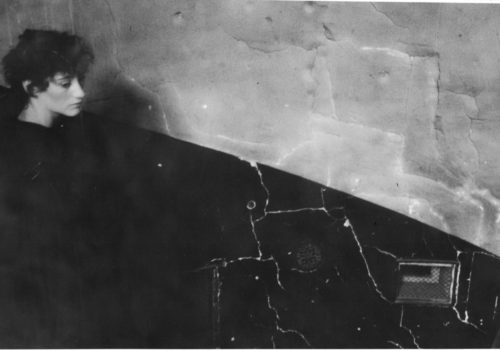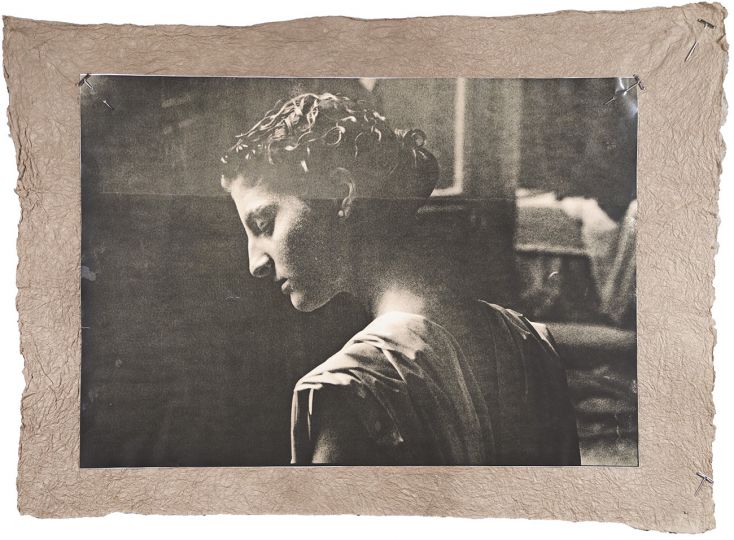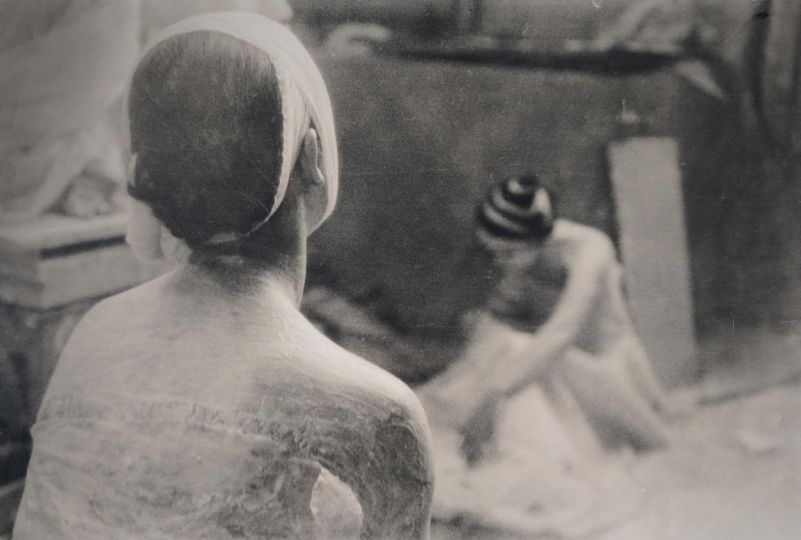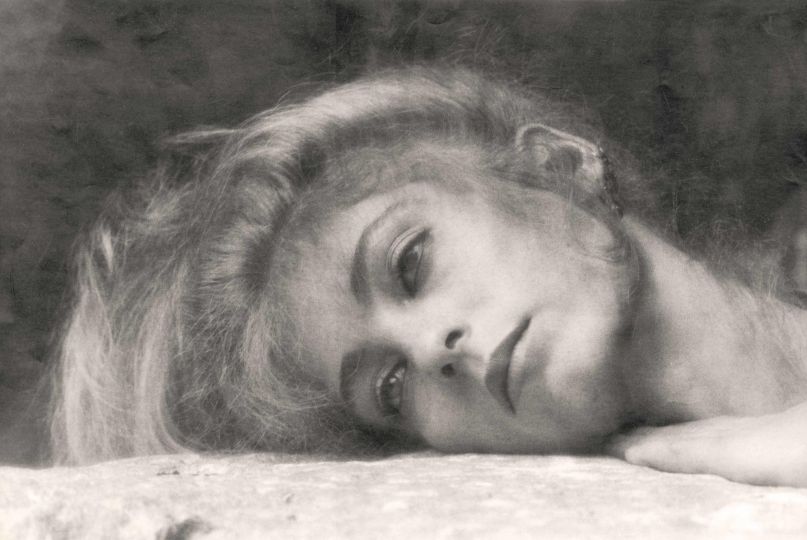As part of Women’s History Month and to celebrate the release of the monograph “Deborah Turbeville: Photocollage,” The National Arts Club of New York hosted the symposium “Deborah Turbeville and the Female Gaze,” focusing on women’s perspectives and portrayal in photography.
First defined by Laura Mulvey in 1975 in her article “Visual Pleasure and Narrative Cinema,” the concept of the female gaze emerged as a rebellion against the male gaze. Film criticism denounced the male perspective in which women remained mere passive objects of desire. In contrast, the female gaze offers an intimate portrayal and a more authentic representation of women, without hypersexualization. It becomes a tool to promote equality and inclusivity in media representation and to challenge traditional gender roles and stereotypes.
Although photography has historically been an accessible medium for women (such as Anna Atkins, Julia Margaret Cameron, Berenice Abbott, Diane Arbus, Nan Goldin, and Francesca Woodman), they have still faced more difficulties in gaining recognition than their male counterparts. Artists like Adrianne Piper, Lorna Simpson, Lisette Model, Cindy Sherman, Lotte Jacobi, Claude Cahun, Wendy Red Star, and Shirin Neshat have defended a more nuanced vision of women’s lives, reflecting their emotions, vulnerabilities, and desires, often working outside the dominant artistic currents.
A belated male recognition
Deborah Turbeville’s work reflects this desire to work outside the mainstream, exploring the “inner world of a woman,” connecting her to other female pioneers like Lee Miller (renowned war photographer and fashion photographer). On one hand, Miller’s work was heavily influenced by surrealism, while Deborah Turbeville is celebrated for her use of photography and collage to depict the female gaze, distinguishing her work from that of her male counterparts who, like Helmut Newton and Guy Bourdin, did not fully recognize her worth.
Her approach created a cinematic experience in each photograph, reflecting her interest in storytelling. Her enigmatic settings and grainy, distressed impressions contributed to a haunted and mysterious atmosphere. Turbeville’s innovative approach to photography thus parallels artists like Andy Warhol and Robert Rauschenberg and filmmakers like Wim Wenders and Sofia Coppola.
She delved into female identity and fantasy, creating a distinctive and influential “female gaze.” Her private writings, including passport details, screenplay notes, and Polaroid mock-up books, offer insights into her personal world and creative process. Turbeville’s work has thus been a powerful force in offering a more inclusive and emancipatory representation of women in art.
More information



















